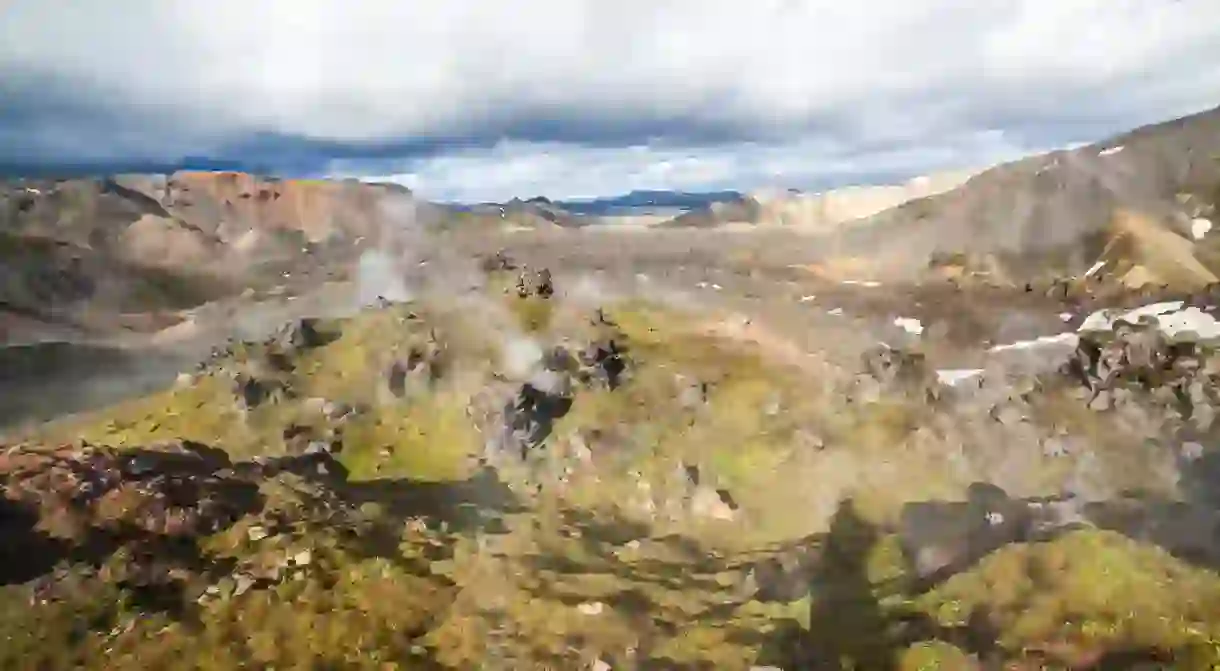Why Visiting Iceland's Fjallabak Nature Reserve Should Be on Your List

Established in 1979, the Fjallabak Nature Reserve encompasses 47,000 hectares in the central highland area of Iceland, 500 meters above sea level. This mountainous region has been sculpted by volcanic and geothermal activity since Iceland was formed and is today known for being a gem worth exploring.
You can find an incredibly varied array of natural features from lava fields, sand dunes, rivers and lakes at the Fjallabak Nature Reserve. The reserve strives to protect these natural features to prevent damage and maintain the tranquility of the area. Attracting thousands of visitors every year, the popular area is an incredible place but its habitats and species are best left undisturbed. So the reserve helps to maintain a healthy boundary between visitors and the landscape, ensuring future generations can still visit and have a similar experience.

The Fjallabak Nature Reserve is very popular for hiking as it is well suited for walking and has so many incredible vistas. On a hiking map of the reserve, one can find many hiking trails of varying lengths and difficulty levels. One popular hike goes to the top of Bláhnúkur at 940 meters, while another goes to Suðurnámur at 950 meters. When hiking in the reserve, please use a map and follow the trails as both weather conditions and shifting terrain in Iceland make it an easy place to get lost, as has happened to tourists in the past.

Many designated huts and campsites within the area (such as Landmannalaugar, Landmannahellir, Hrafntinnusker and Solvangur) are open during the summertime to accommodate visitors. At Landmannalaugar, visitors also have the option to visit natural hot springs suitable for swimming. This same geothermal activity is responsible for the incredible color variations in the rocks, especially Brennisteinsalda, with a wave formation of red, yellow, blue and green.

The Fjallabak Nature Reserve is also home to over 150 types of vegetation, including ferns and flowering plants. Cotton grass can be found in the marsh areas, while a common yellow sedge can be seen in the geothermal spots. Surrounding the lakes and rivers, algae and other vascular plants exist in their own thriving, cold-water habitat, which is also home to Brown Trout and Arctic Char. The lake habitat is a great place to observe bird life in the highlands, which is otherwise sparse. Snow buntings, whooper swans and the harlequin duck can all be seen here as well.

The reserve is only open during the summertime since it is covered in ice for the rest of the year. To get to the reserve, you will need a four-wheel drive vehicle as there are rivers that need to be crossed. There are many routes to take depending on which part of this large, multifaceted reserve you intend to explore.













